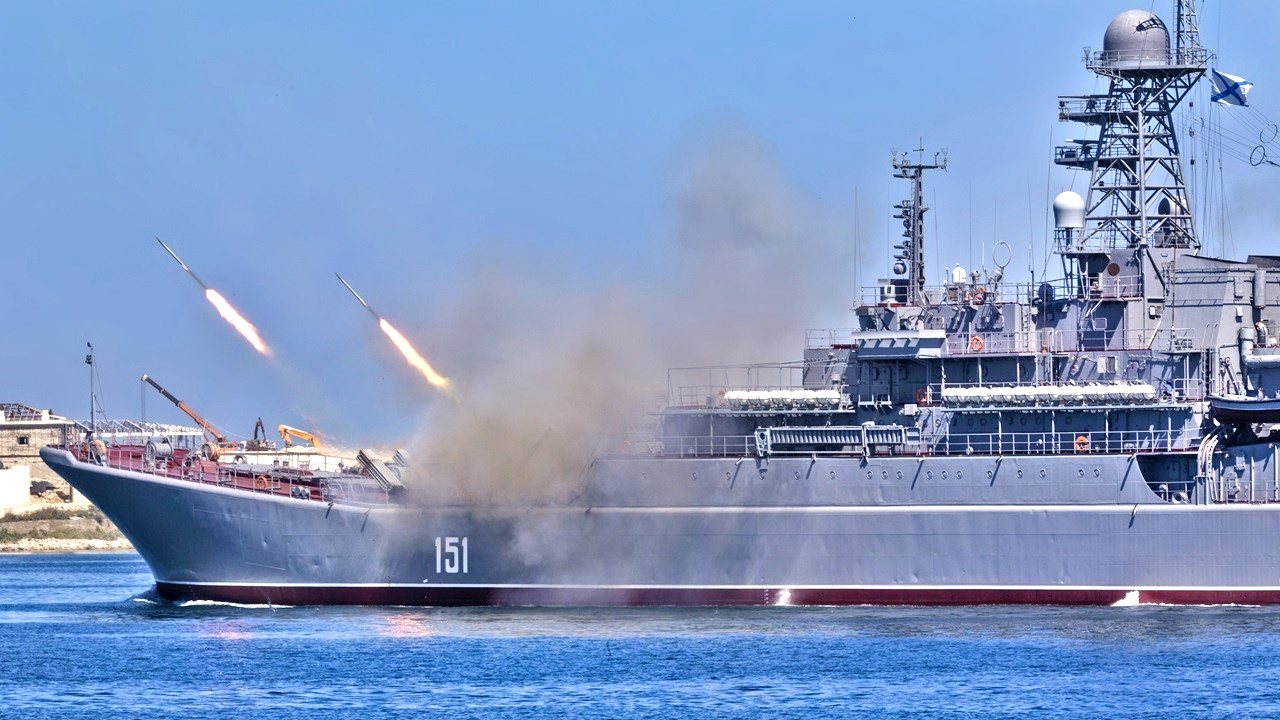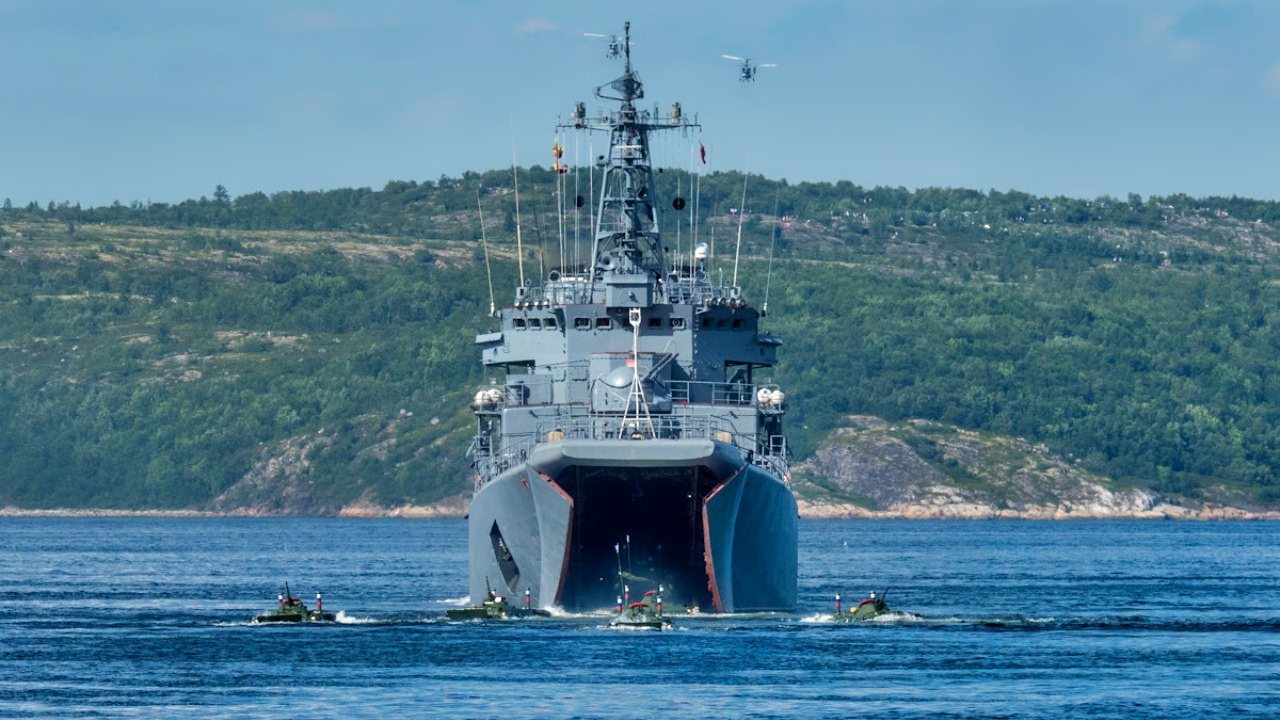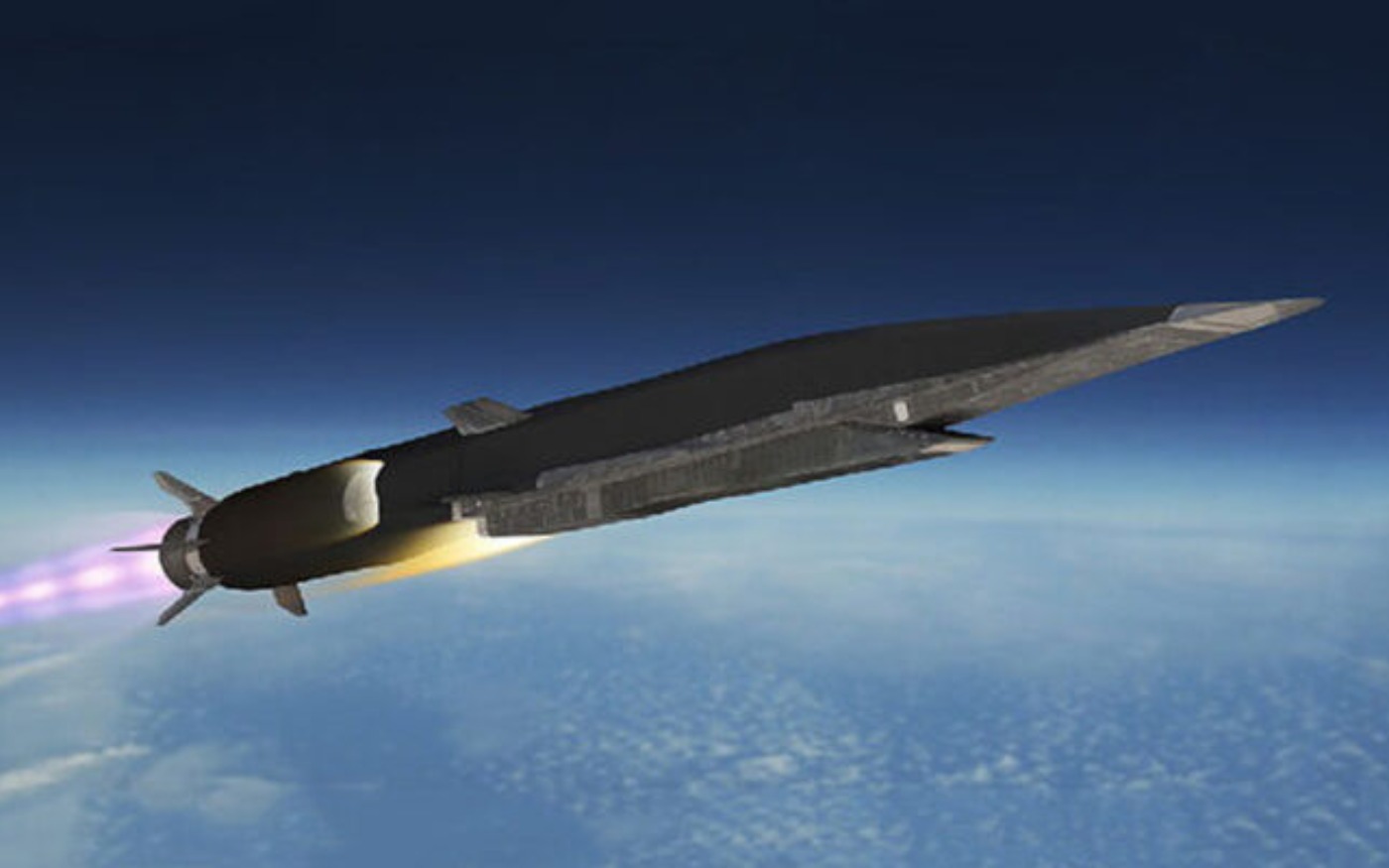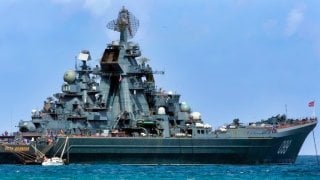Russia's New Navy Frigates Could Become Hypersonic Nightmare for NATO
Unlike their Soviet-era predecessors, the Project 22350 frigates are designed for multiple roles and are capable of executing long-range strikes, conducting anti-submarine warfare (ASW), and carrying out escort missions of larger vessels.
Summary: Russia's Northern Fleet's Project 22350 frigate, Admiral Golovko, has recently demonstrated its combat capabilities through live fire and surface-to-air missile firings in the Barents Sea. As a part of the newer generation of multipurpose frigates, it marks a significant shift from traditional big-gun warships to advanced missile platforms.

-Equipped with Kalibr-NK and Oniks cruise missiles, the Admiral Golovko can engage in various roles, including long-range strikes and anti-submarine warfare.
-This vessel also features hypersonic Tsirkon missiles, enhancing its offensive capabilities. With an increased number of VLS cells planned for future vessels, these frigates are transforming into formidable floating missile trucks, reflecting modern naval warfare's evolving demands.
Russia's Admiral Golovko Frigate: Showcasing Advanced Naval Capabilities in the Barents Sea
If any further proof was needed that the era of big gun battleships was truly over, Russia’s Ministry of Defense announced that the Northern Fleet’s Project 22350 frigate Admiral Golovko accomplished artillery and surface-to-air missile firings during drills in the Barents Sea.
“The Northern Fleet’s frigate Admiral Golovko has successfully accomplished a series of artillery firings in the Barents Sea as part of scheduled combat training measures. The combat exercises were conducted in the Barents Sea waters closed for shipping. The A-192 artillery system team successfully hit naval targets,” the ministry said in a statement to state media outlet Tass.
Floating Missile Trucks
The Project 22350 lead and first serial-built frigates Admiral of the Fleet of the Soviet Union Gorshkov and Admiral of the Fleet Kasatonov are now operational in the formation of the Northern Fleet’s missile ships. All three frigates had been built at the Severnaya Verf Shipyard in St. Petersburg in northwestern Russia. Seven more of a planned ten are now being constructed.
Unlike their Soviet-era predecessors, the Project 22350 frigates are designed for multiple roles and are capable of executing long-range strikes, conducting anti-submarine warfare (ASW), and carrying out escort missions of larger vessels. The frigates are armed with Kalibr-NK and Oniks cruise missile systems as their basic strike weapons—and each has sixteen (2 x 8) 3S14 VLS cells. The VLS cells can also be used to launch the Otvet anti-submarine missile. In addition, the frigates are equipped with thirty-two (4 x 8) Redut VLS cells that can launch the 9M96 and updated versions of surface-to-air missiles.
Future vessels will see that number doubled to thirty-two (4 x 8) 3S14 VLS cells, turning the frigates into floating missile trucks.
Other armaments include a pair of Palash close-in weapons systems (CIWS), each with Gryazev-Shipunov GSh-6-30 6 barrel 30mm rotary cannons; and 2 x 4 330mm torpedo tubes for the Paket-NK anti-torpedo/anti-submarine torpedoes.

Though designated as frigates, the vessels displace 5,400 tons under full load. The vessels have an endurance of thirty days. They can reach speeds of 29.5 knots and carry a crew of 210 sailors.
A Hypersonic Missile Platform
The Admiral Golovko is the Project 22350 third-built and second serial-produced frigate. The vessel was laid down in February 2012, and launched in May 2020, and was the first ship in the class to be equipped with a domestic powerplant, rather than one imported from Ukraine. The Admiral Golovko was commissioned into the Russian Navy on December 25, 2023, with Russian president Vladimir Putin in attendance.

The warship took part in the testing of Tsirkon (Zircon) hypersonic missiles and is now the first ship armed with the weapons.
Author Experience and Expertise: Peter Suciu
Peter Suciu is a Michigan-based writer. He has contributed to more than four dozen magazines, newspapers, and websites with over 3,200 published pieces over a twenty-year career in journalism. He regularly writes about military hardware, firearms history, cybersecurity, politics, and international affairs. Peter is also a Contributing Writer for Forbes and Clearance Jobs. You can follow him on Twitter: @PeterSuciu. You can email the author: [email protected].


